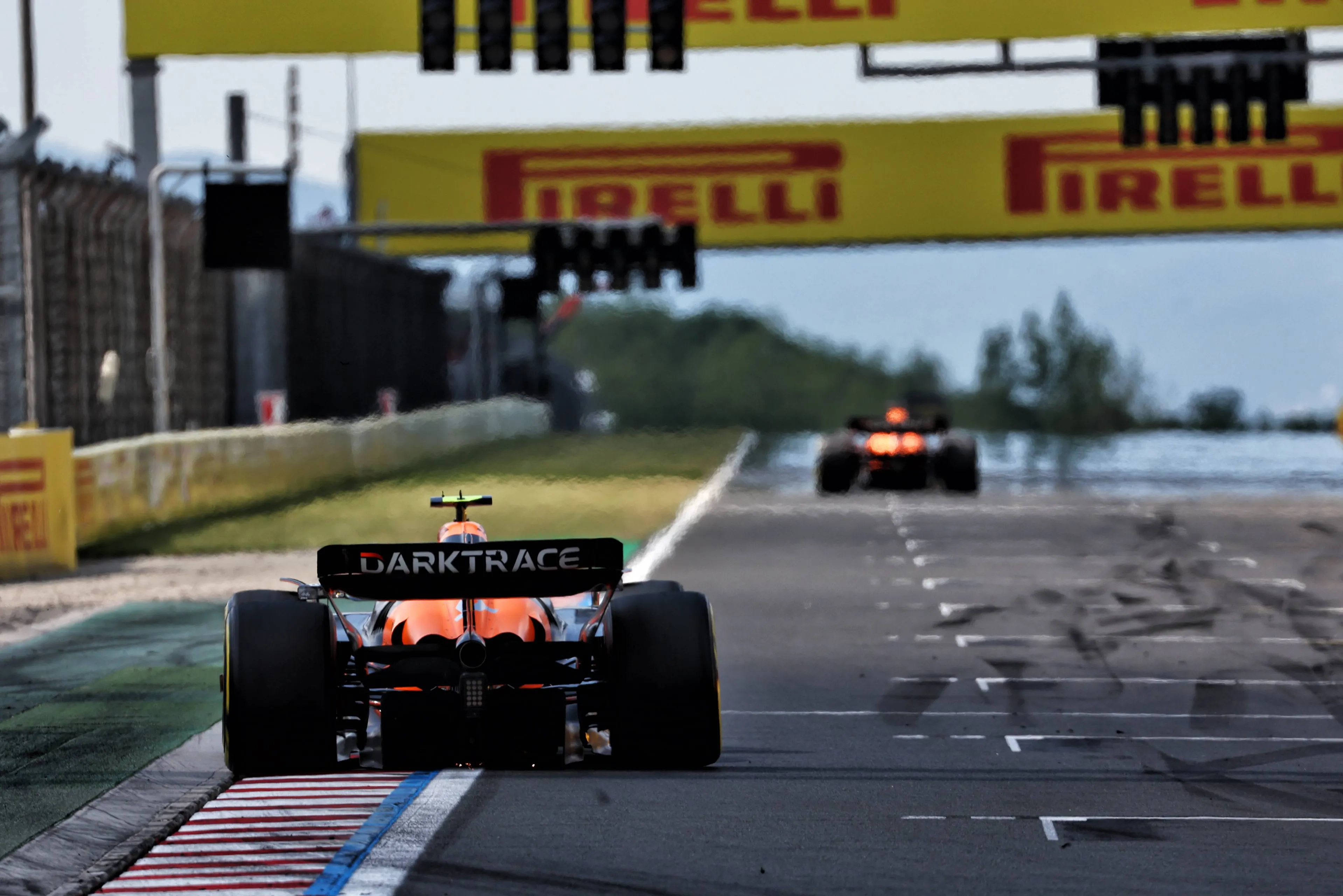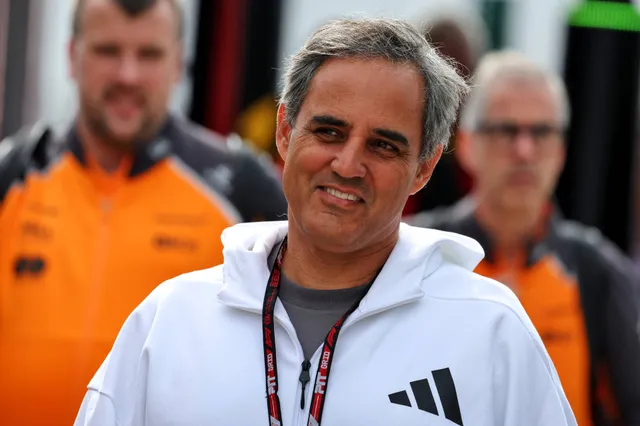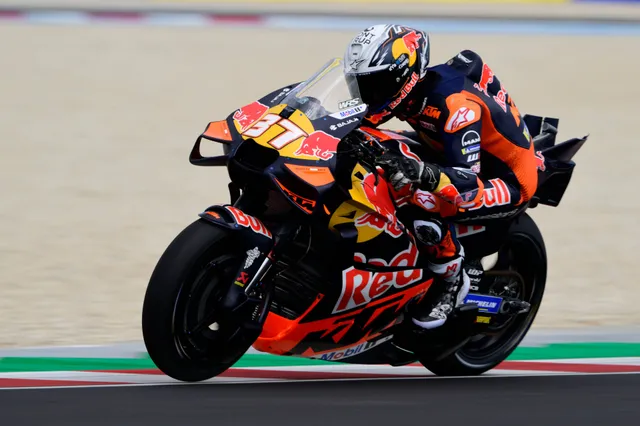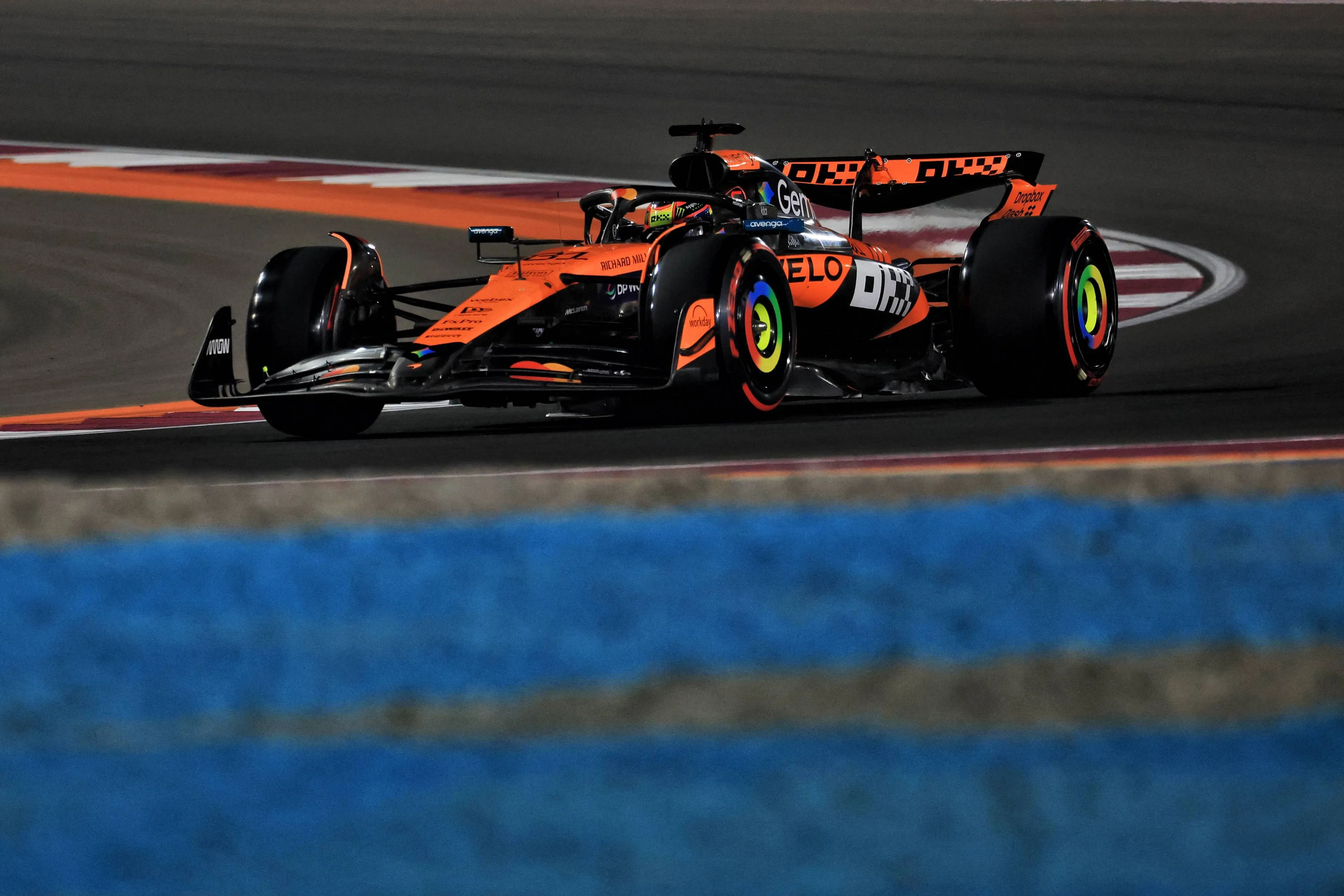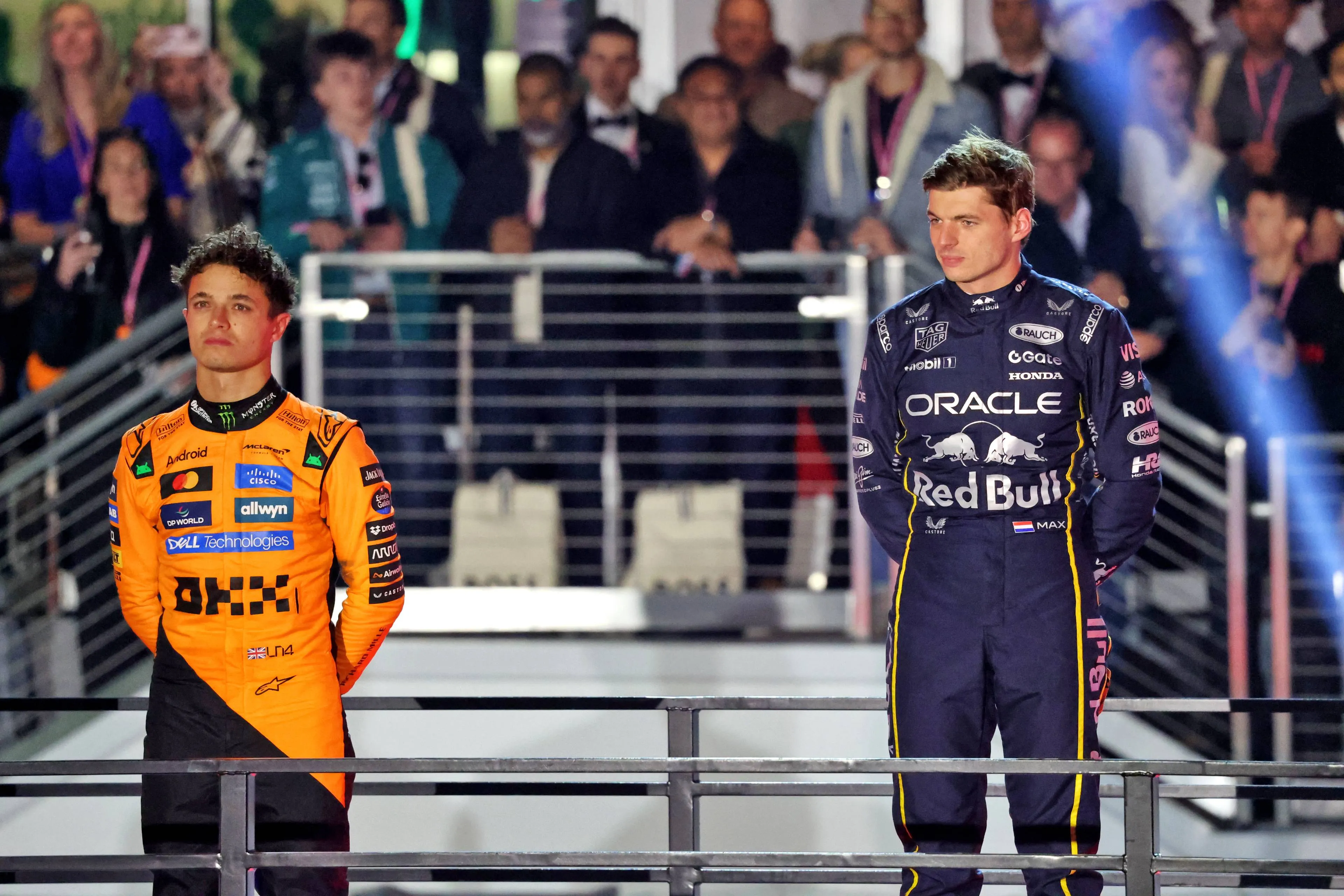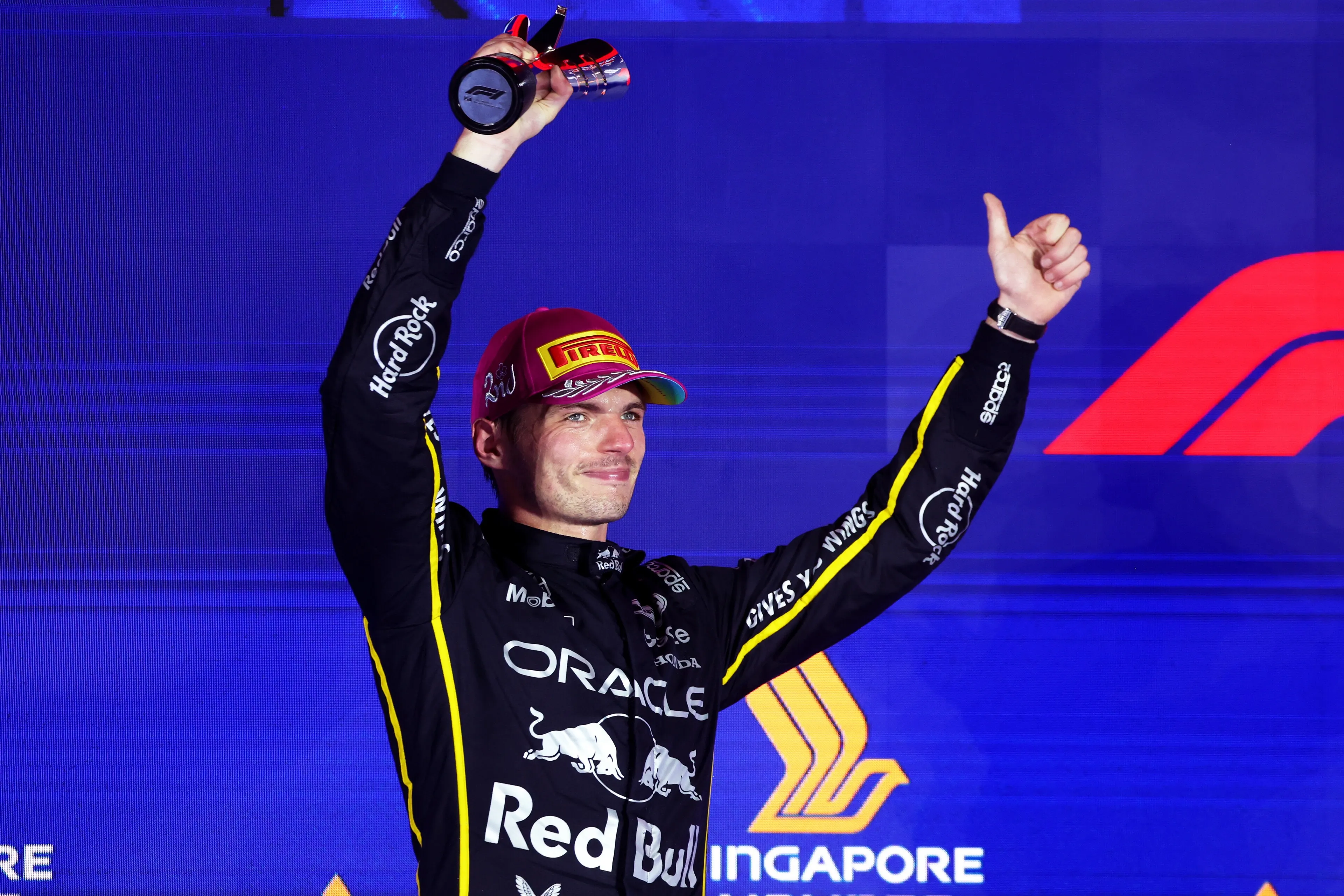F1 2026 shock: Teams’ rear brakes are tiny: ‘Basically not braking at all!’
In Formula 1 are all getting ready to race in 2026 with one of the greatest regulation change of the last decade. Even Brembo is trying to find the best possible solution to supply to the teams efficient brakes.
Formula 1 teams have been quietly preparing their 2026 cars, while FIA is trying to find new solutions for the next years tracks, but none know exactly how in-line their designs are with other squads. One area showing particularly “curious” variation is the rear braking system, redesigned to accommodate energy harvesting from the roughly 50/50 split between internal combustion engine and battery power.
'A lot of different approaches'
Andrea Algeri, Brembo’s F1 customer manager, said to The Race that Brembo has noticed intriguing developments: “We have seen different approaches across the teams. It’s mainly on the rear, because the rear axle design depends on how they design the power unit, the energy recovery, and their strategy and so on – and we are a bit blind in this sense.”
Teams provide targets to Brembo, specifying the braking torque and desired dimensions. “But we have received a target from the teams and it says, ‘OK we want to go with this kind of braking torque, so we would like to have this kind of dimension. So let's design the best possible braking system within these limits,’” Algeri explained.
Some figures remain puzzling. “But the reason why they have some of these numbers is not clear to us. We have seen some outliers that will be very clever solutions if they are right. Otherwise, they will have to redo the braking system after a few tests or a few races!”
Algeri highlighted the extreme nature of some designs: “In the rear axle, we have seen extreme choices in the sense of disc dimension. They are very small, compared to the current ones in terms of diameter, but also in thickness. So it means that they believe that on the rear axle they are basically not braking at all or only in a few cases.”
Read also
Popular on GPBlog

Aston Martin has informed staff following rumors about Horner’s arrival

Marko identifies Verstappen's problem during Sprint Qualifying

What Norris needs to do to clinch his first drivers' title in Qatar GP

